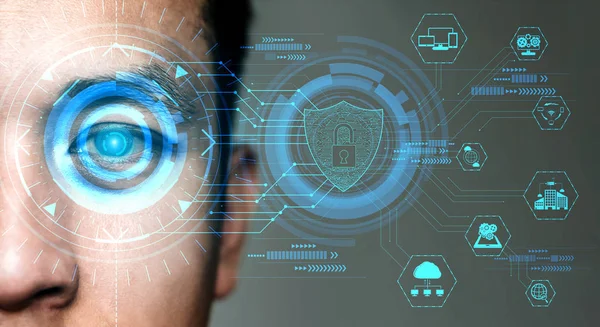The old forms of authentication, such as passwords and biometrics, are now insufficient in the modern digital environment. In order to guarantee secure access and safeguard sensitive data, organisations are using next-generation authentication techniques.These novel methods go beyond conventional authentication procedures and make use of cutting-edge technologies to deliver strong and trustworthy authentication solutions. The idea of next-generation authentication systems, their benefits, and their ramifications for cyber security will all be discussed in this blog post.
To provide a safe and trustworthy user identification, next-generation authentication techniques make use of cutting-edge technologies. Multi-factor authentication (MFA) is one such strategy that combines many authentication elements, such as passwords, biometrics, tokens, or smart cards, to offer a layered defence against unauthorised access. MFA adds an additional layer of security by requesting more identification documentation from users, making it more difficult for attackers to access user’s accounts.
Behavioural biometrics, which examines user behaviour patterns like typing speed, mouse movement or touchscreen interactions to validate identities, is another new identification technique. Behavioural biometrics can identify potential fraudulent actions and spot irregularities by utilising machine learning techniques, adding an extra layer of security against complex attacks.
What are the benefits of next-generation authentication?
Compared to older techniques, next-generation authentication methods provide a number of advantages. First, they improve security by combining several elements or analysing user behaviour, which makes it much more difficult for attackers to get around authentication rules. As a result, there is a lower chance of data breaches and unauthorised access. These sophisticated authentication techniques also provide a more convenient and improved user experience.
Users also no longer need to memorise complicated passwords thanks to passwordless authentication solutions like biometrics or security keys, which means there are less cases of forgotten or compromised credentials. By streamlining the authentication procedure, user happiness is increased. The deployment of next-generation authentication techniques has significant consequences for cyber security. Organisations can effectively reduce the risk of unauthorised access and data breaches by using strong authentication mechanisms. This is especially important in fields dealing with sensitive data, like healthcare, banking, or government, where maintaining the privacy of sensitive information is of utmost importance.
However, it is crucial to make sure that these sophisticated authentication methods are implemented and managed correctly. This entails regular updates, reliable encryption standards, and ongoing surveillance to quickly spot and fix any weaknesses. Additionally, encouraging secure authentication practices and preventing social engineering attacks depends heavily on user education and awareness.
To improve their security posture and safeguard sensitive data, organisations must adopt next-generation authentication techniques as the threat landscape changes. These novel methods provide increased security, a better user experience, and a more durable defence against cyber attacks by going beyond passwords and biometrics. Both organisations and individuals will benefit from a safer digital environment as a result of the implementation and administration of these sophisticated authentication solutions.

Leave a Reply